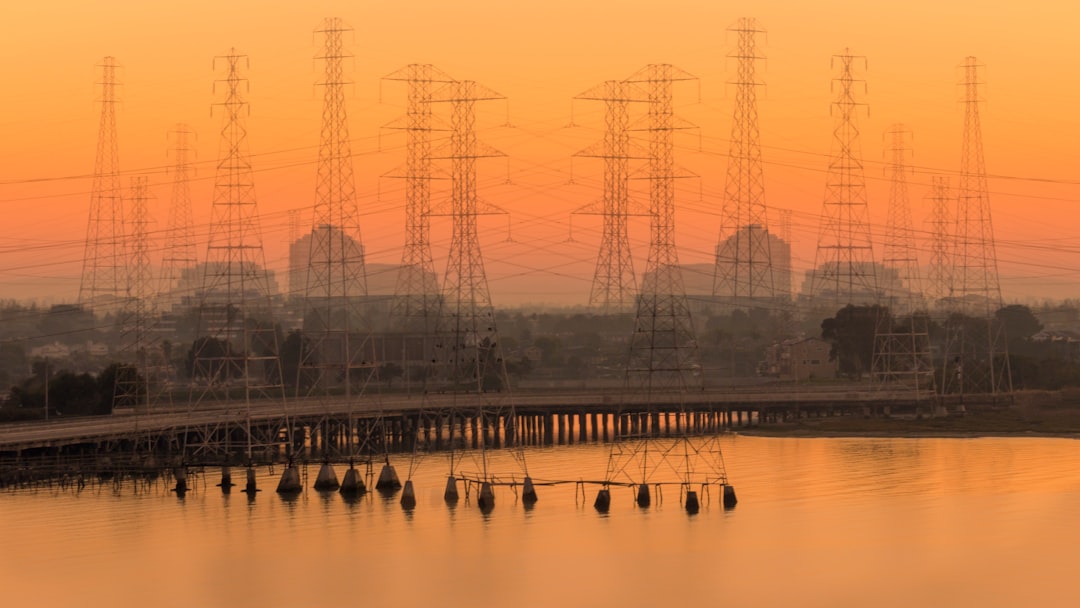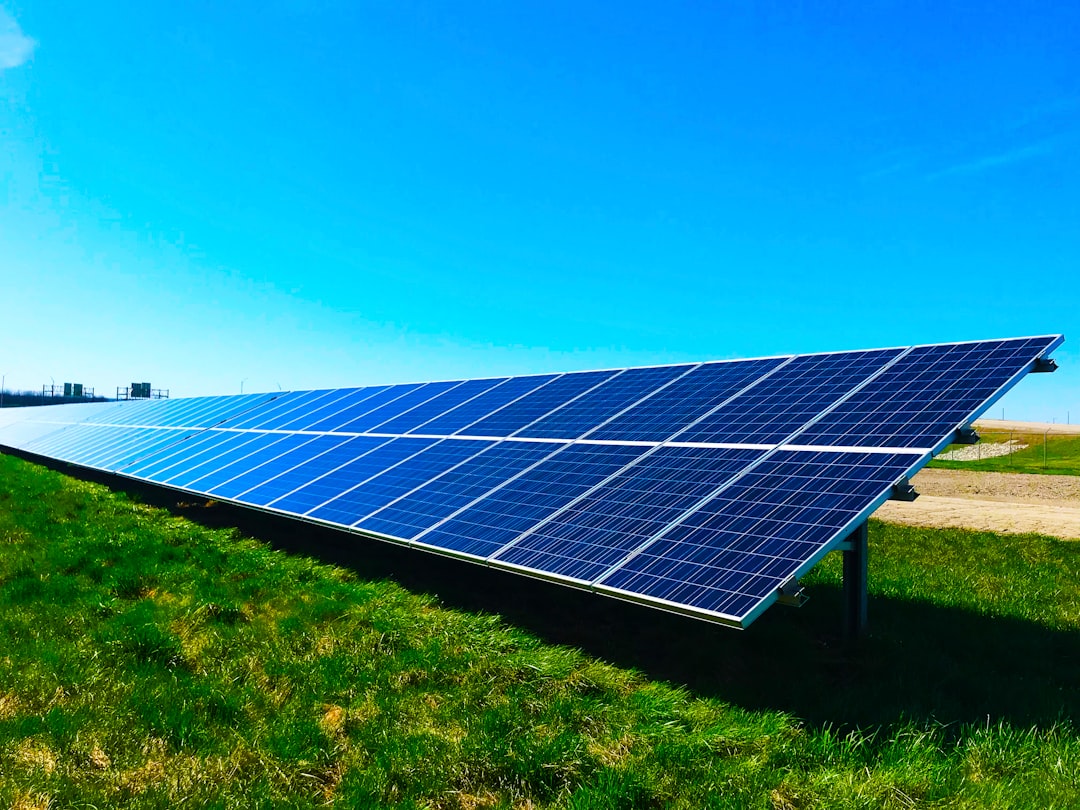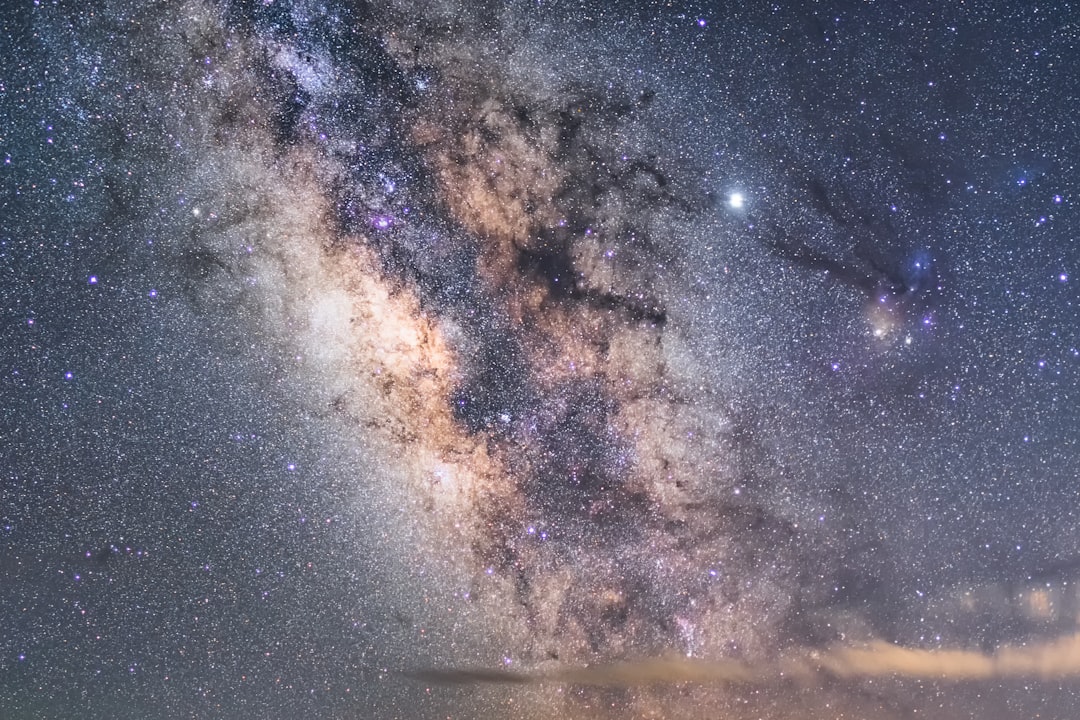What is it about?
Sidescan sonars produce acoustical images of the seabed but are usually used only qualitatively (the user interprets shapes and textures from the images). In this study, we attempted to convert the data to "backscattering strengths". Interpretation of data converted to backscattering strengths could then benefit by comparing them to the results of acoustic models and experiments on known seabeds.
Featured Image
Why is it important?
First attempt to quantify low-frequency sidescan sonar backscatter for comparison of these geophysical data against calibrated acoustic measurements on known substrates. The effort also found a variation of backscattering strength with incidence angle on a rocky substrate, a variation similar to a Lambert scattering law.
Read the Original
This page is a summary of: Quantitative backscatter measurements with a long-range side-scan sonar, IEEE Journal of Oceanic Engineering, January 1989, Institute of Electrical & Electronics Engineers (IEEE),
DOI: 10.1109/48.35987.
You can read the full text:
Contributors
The following have contributed to this page










